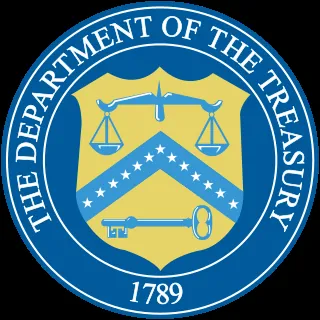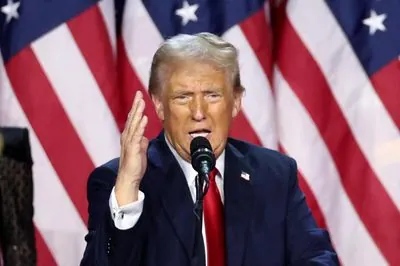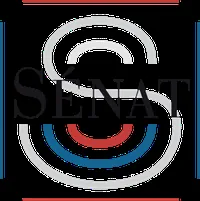United States Department of the Treasury
The Department of the Treasury (USDT) is the national treasury and finance department of the federal government of the United States, where it serves as an executive department. The department oversees the Bureau of Engraving and Printing and the U.S. Mint. These two agencies are responsible for printing all paper currency and minting coins, while the treasury executes currency circulation in the domestic fiscal system. The USDT collects all federal taxes through the Internal Revenue Service; manages U.S. government debt instruments; licenses and supervises banks and thrift institutions; and advises the legislative and executive branches on matters of fiscal policy. The department is administered by the secretary of the treasury, who is a member of the Cabinet. The treasurer of the United States has limited statutory duties, but advises the Secretary on various matters such as coinage and currency production. Signatures of both officials appear on all Federal Reserve notes.

Some of the key events about United States Department of the Treasury
- 1789Established as one of the original cabinet-level departments of the U.S. government
- 1861Issued "demand notes" as a form of paper currency, contributing to inflation during the Civil War
- 1862Issued the first U.S. paper currency, known as "greenbacks"
- 1913Oversaw the creation of the Federal Reserve System
- 1913Established the Federal Reserve System, centralizing control of the nation's monetary policy
- 1933Implemented Executive Order 6102, prohibiting private gold ownership and requiring citizens to surrender gold to the government
- 1934Established the U.S. Secret Service as a distinct agency
- 1942Introduced war bonds to help finance World War II efforts
- 1944Participated in the Bretton Woods Agreement, establishing a system of fixed exchange rates that lasted until 1971
- 1971Suspended the convertibility of the U.S. dollar to gold, ending the Bretton Woods system
- 1971Suspended the convertibility of the U.S. dollar to gold, effectively ending the Bretton Woods system
- 1986Introduced the American Eagle bullion coin program
- 1986Implemented the Tax Reform Act, which eliminated many tax deductions and shifted more of the tax burden to corporations
- 1996Launched the first redesign of U.S. paper currency in 67 years to enhance security features
- 2008Implemented the Troubled Asset Relief Program (TARP) to stabilize the financial system during the Great Recession
- 2008Initiated the Troubled Asset Relief Program (TARP), bailing out financial institutions during the financial crisis
- 2011Faced a debt ceiling crisis, nearly causing the U.S. to default on its debt obligations
- 2013Implemented budget sequestration, resulting in across-the-board spending cuts to federal agencies
- 2020Distributed economic impact payments to millions of Americans in response to the COVID-19 pandemic
- 2020Issued unprecedented levels of government debt to fund COVID-19 relief measures, significantly increasing the national debt
Disclaimer: This material is written based on information taken from open sources, including Wikipedia, news media, podcasts, and other public sources.





























